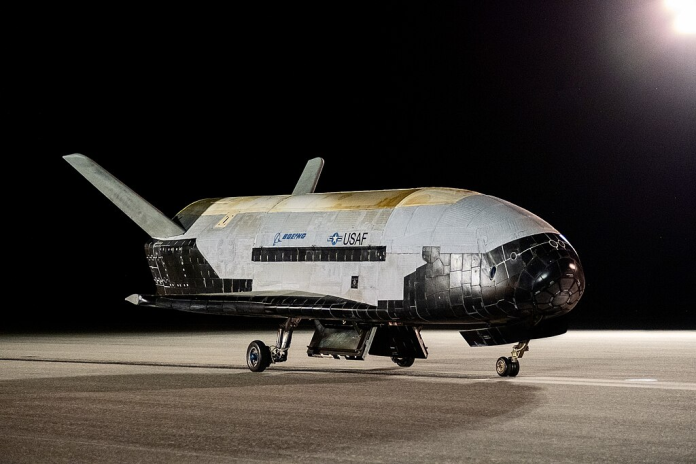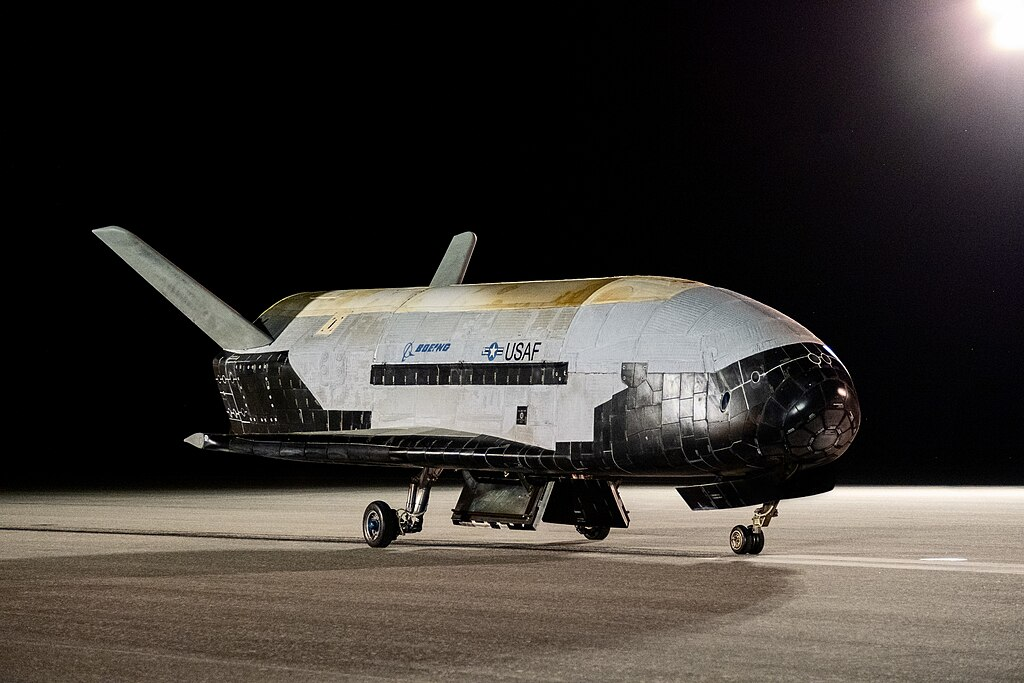
The midnight growl of a Falcon 9 from Kennedy Space Center on Aug. 21 was more than another launch. It represented the beginning of the U.S. Space Force’s most ambitious reusable spacecraft mission yet one that marries state-of-the-art navigation, secure communications, and quick launch readiness into one orbital campaign.
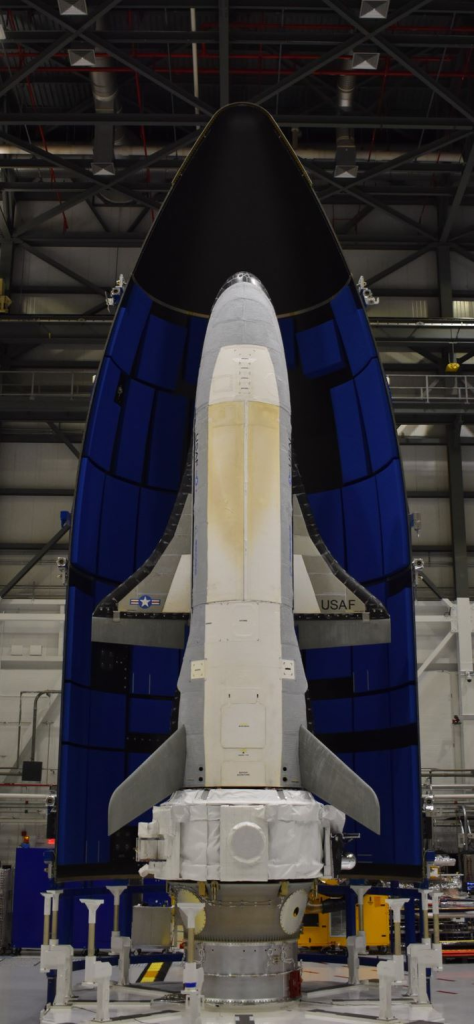
1. A Tried-and-Proven Platform with a Classified Advantage
The 29-foot-long Boeing-built X-37B Orbital Test Vehicle is a miniature space shuttle without a crew. It has spent more than 4,200 days in space and covered over 1.3 billion miles since its introduction in 2010. Two vehicles make up the fleet, each of which can spend years in space before gliding to runway landing. Although much of OTV-8’s payload is still classified, officials confirmed that it will deliver the highest-performing quantum inertial sensor ever flown in space and a high-bandwidth laser communications system.
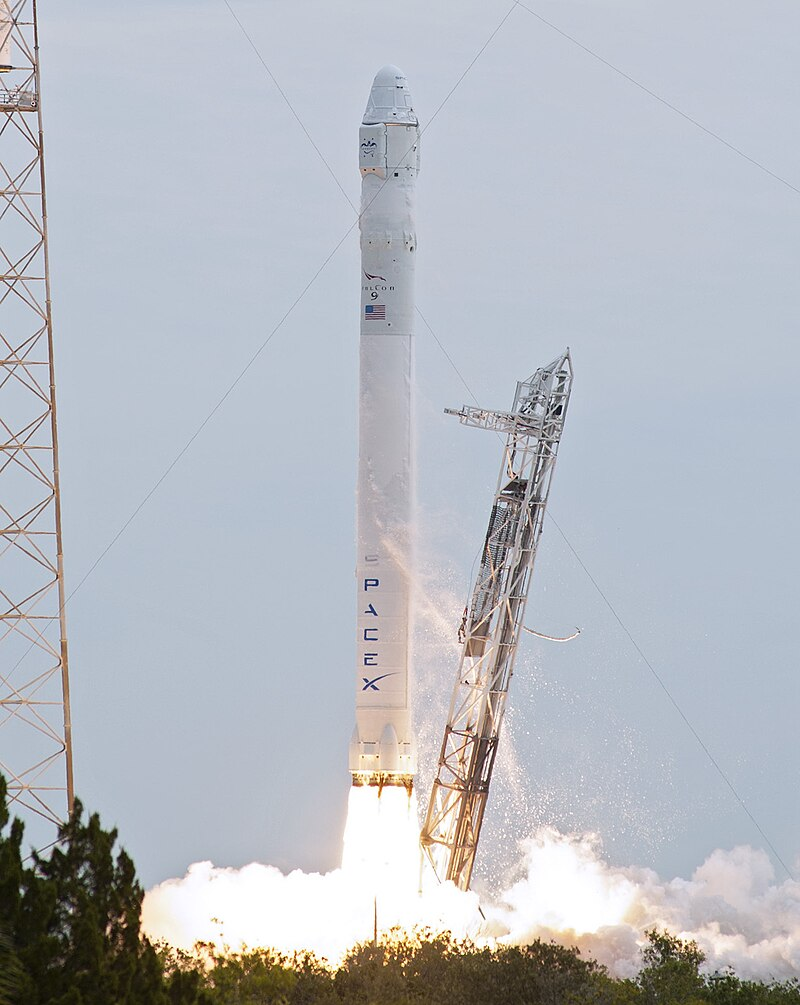
2. The Falcon 9 Military Configuration
SpaceX’s Falcon 9, tail number B1092, launched the X-37B to low Earth orbit after bringing back its first stage to Cape Canaveral’s Landing Zone 2 only 8.5 minutes into flight. The booster’s sixth flight was under the National Security Space Launch (NSSL) Phase 2 contract. The mission, number USSF-36, highlights the Falcon 9’s versatility with military payloads as integration procedures are honed to fulfill tough mission assurance requirements without compromising launch cadence.

3. Quantum Navigation Without GPS
At the core of OTV-8’s navigation tests is a quantum inertial sensor that detects rotation and acceleration at the atomic level. Unlike traditional accelerometers and gyroscopes, this technology uses quantum interference patterns to sense motion with unprecedented accuracy. Col. Ramsey Horn, commander of Space Delta 9, said, “Whether to navigate beyond Earth-based orbits in cislunar space or to navigate in GPS-denied areas, quantum inertial sensing enables resilient navigation capabilities when GPS navigation is unfeasible.” This technology confronts GPS-dependent system vulnerabilities in a head-on manner, specifically in contested or jammed environments.

4. Laser Communications and Proliferated Networks
The laser communications demonstration on the mission will connect to proliferated low Earth orbit commercial satellite constellations, possibly such as SpaceX’s Starlink of more than 8,000 operational satellites. Laser links employ infrared light for data transmission at increased rates and increased security compared to radio frequencies, thanks to their narrow beam divergence. Gen. Chance Saltzman, Chief of Space Operations, emphasized, “In so doing, it will strengthen the resilience, reliability, adaptability and data transport speeds of our satellite communications architecture.”
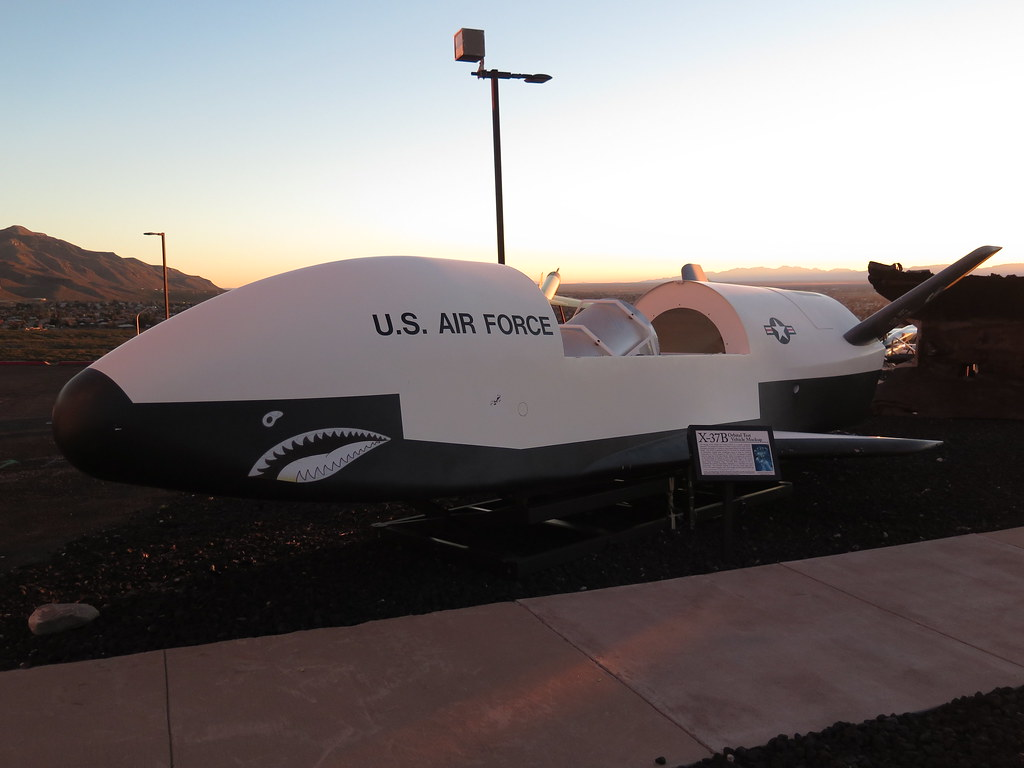
5. Engineering Evolution of the X-37B
Boeing has progressively improved the X-37B throughout its flights. Advances in solar cells, batteries, and thermal protection tiles, as well as fault protection and autonomy systems being introduced in OTV-7, were highlighted by Michelle Parker, vice president of Boeing Space Mission Systems. These upgrades improve the spacecraft to perform in various orbital regimes and survive harsh thermal cycles, while autonomy enhancements set it up for increasingly dense orbital environments.
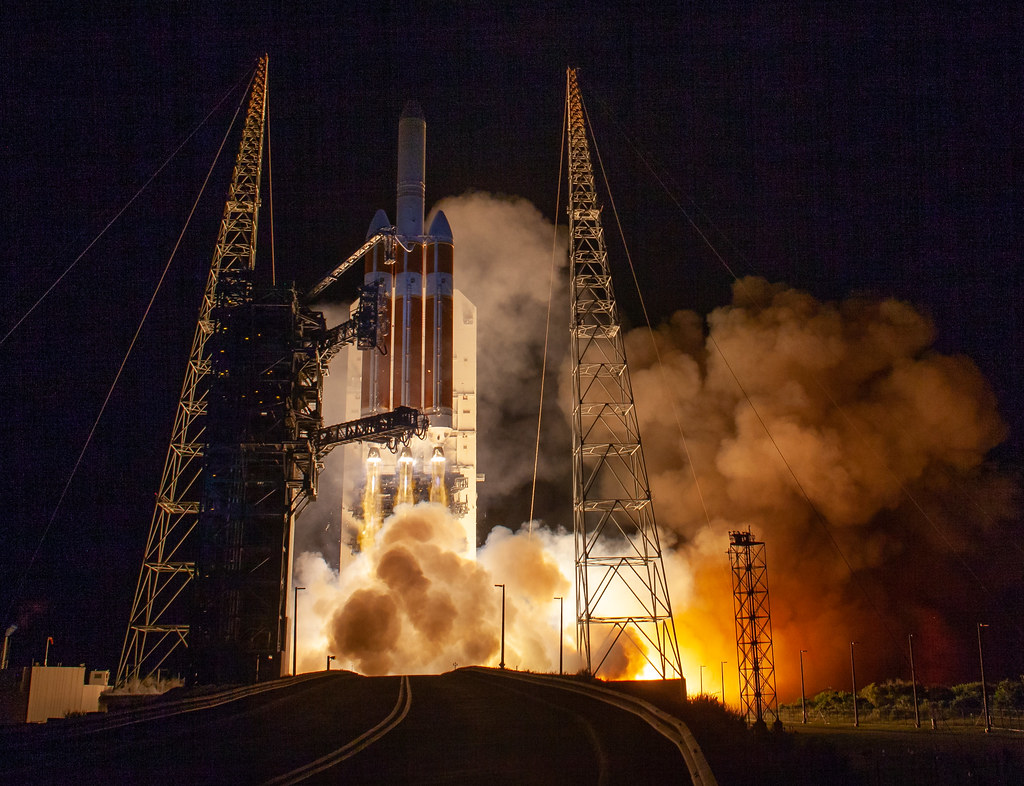
6. Rapid Readiness of Space Launch Delta 45
The launch also demonstrated Space Launch Delta 45’s capability to conduct “fast, flexible launches” a skill sharpened by intense readiness exercises practicing launch anomalies, quick deployment, and other crisis situations. Col. Brian Chatman, SLD 45 commander, stated, “These experiments, X-37B itself, and Space Launch Delta 45’s capability for rapid, agile launch all play important roles in strengthening our resiliency and augmenting our capability to rapidly react to the challenges of space today and tomorrow.”
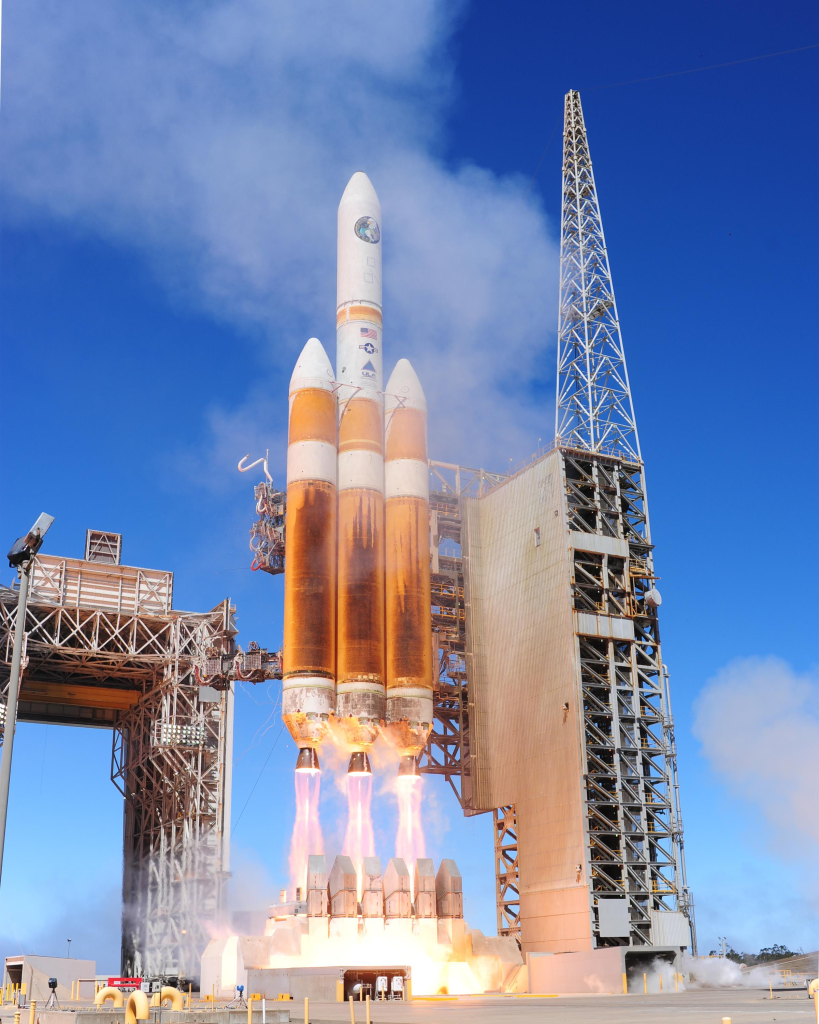
7. Operational Context in the NSSL Program
OTV-8 is part of a surge in NSSL activity, with more missions scheduled in the next 12 months than in any prior year of the program. Col. Ryan Hiserote of Space Systems Command highlighted that “putting innovative capabilities such as these in orbit builds United States strength in the space domain and increases our nation’s overall warfighting capability.” The mission follows the March 2025 conclusion of OTV-7, which tested aerobraking as a fuel-efficient orbital maneuver.

8. Strategic Implications Beyond Low Earth Orbit
Although the Space Force has not released OTV-8’s operation time or ultimate orbital conditions, the presence of quantum navigation signifies plans beyond everyday LEO activity. Navigation capability in cislunar space without reliance on GPS could be crucial for future military and exploration ventures, taking U.S. operational capabilities further into the solar system.
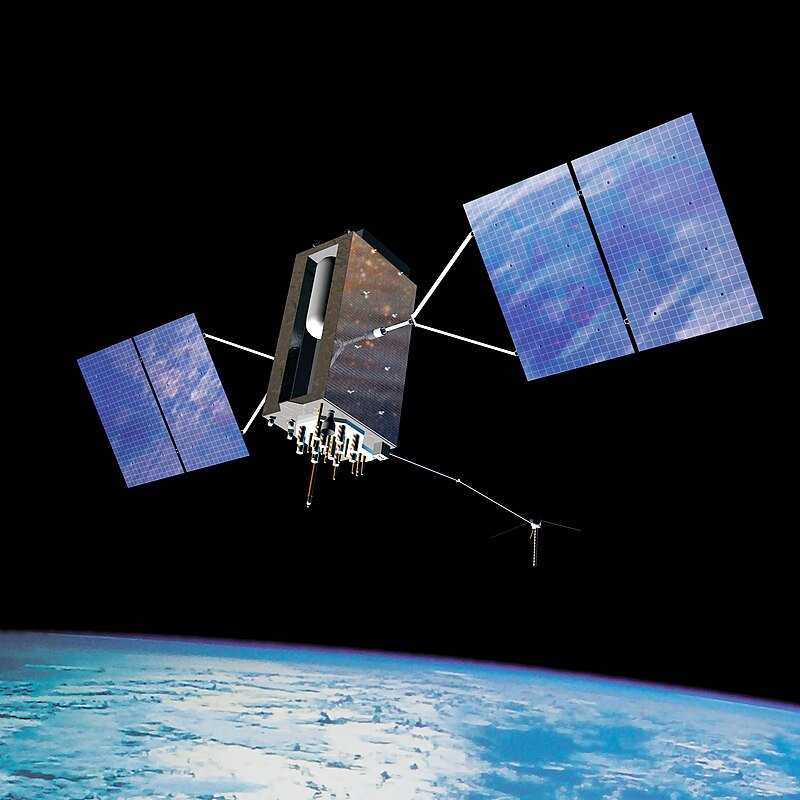
From its secret payloads to its open public demonstrations of cutting-edge navigation and communications, OTV-8 is a convergence of reusable space vehicle engineering, rapid launch operations, and strategic space capability development all progressing far beyond Earth’s atmosphere.
